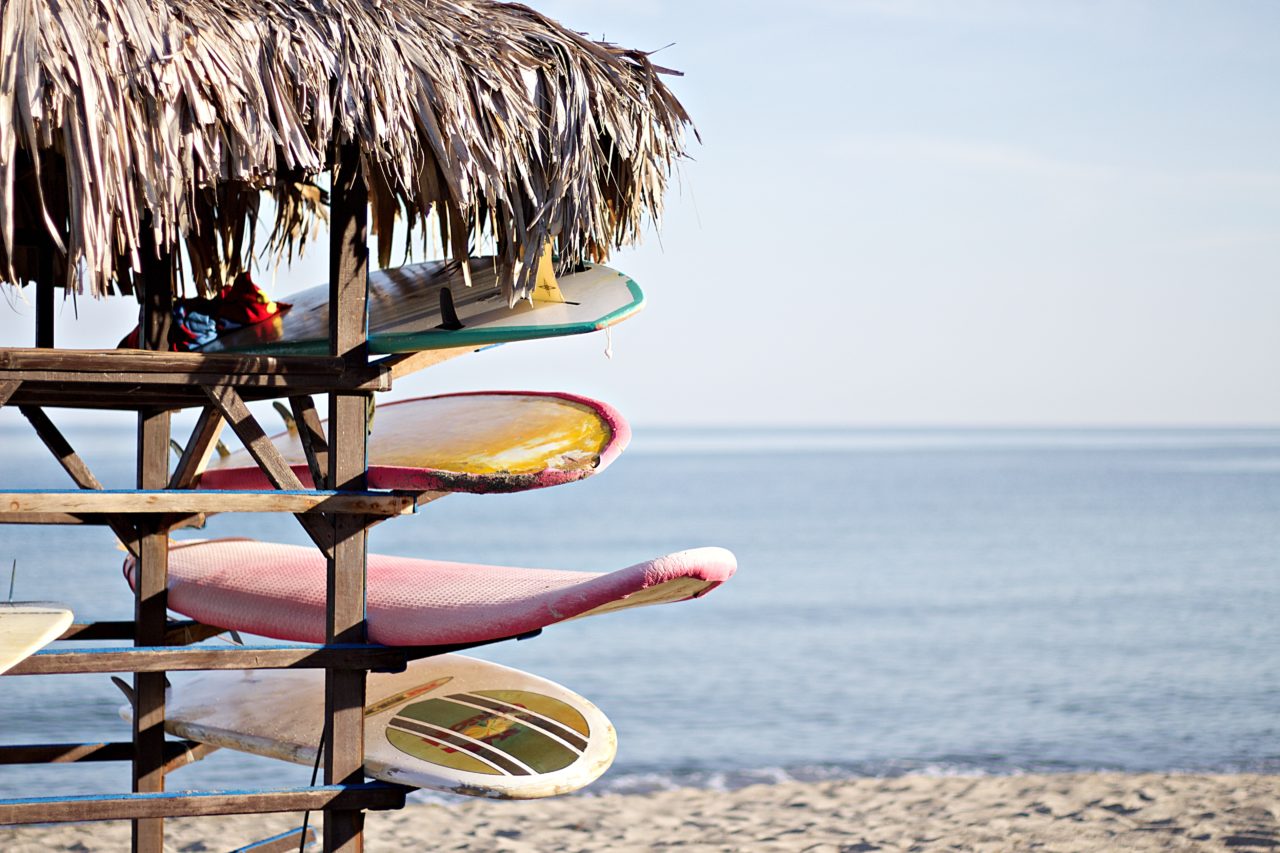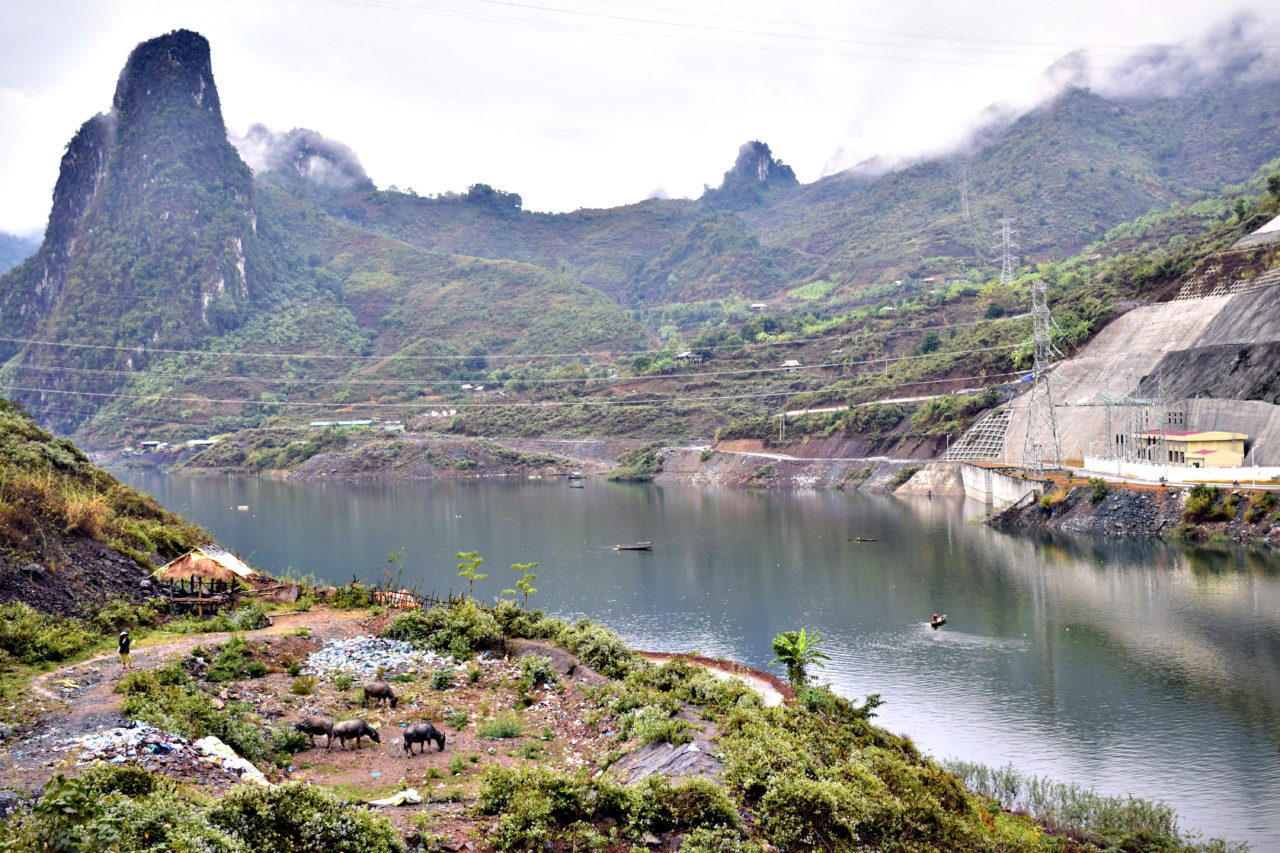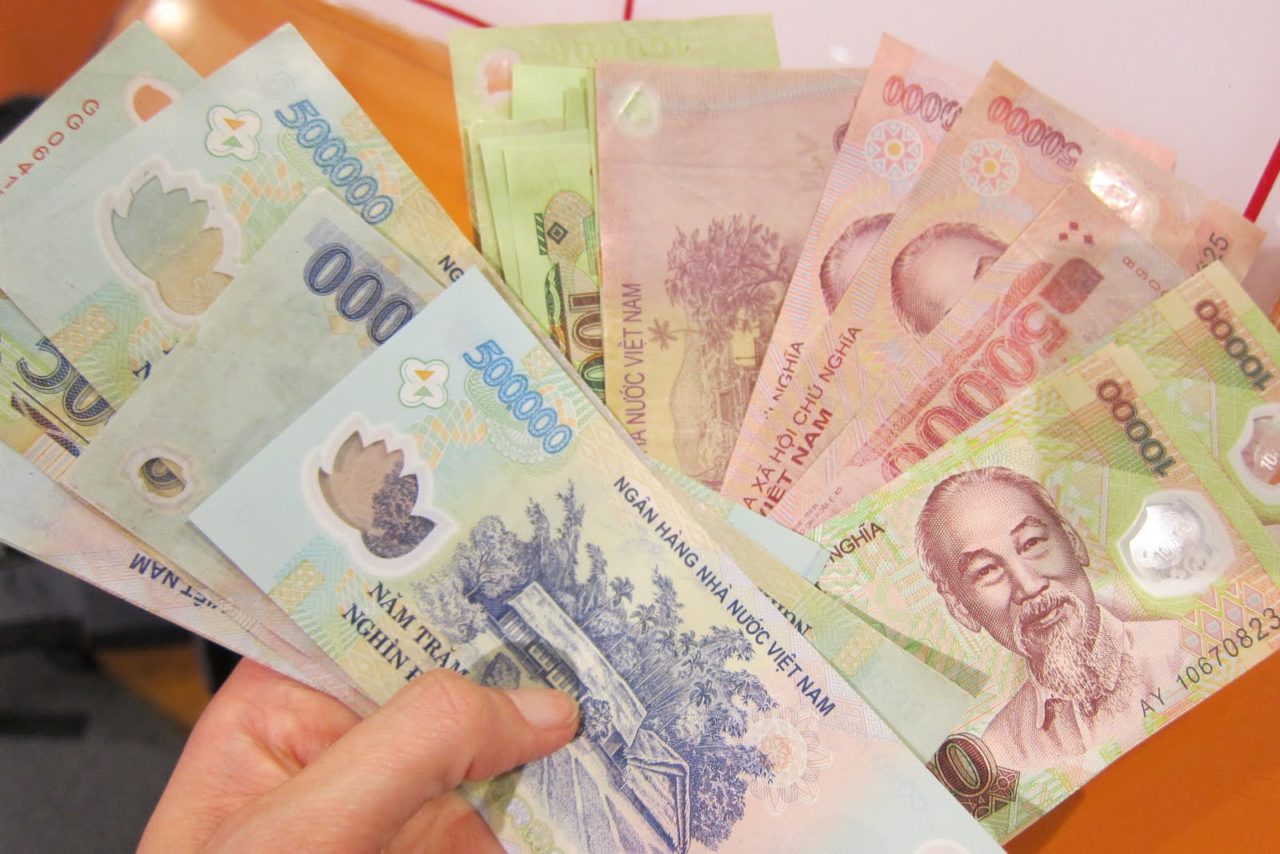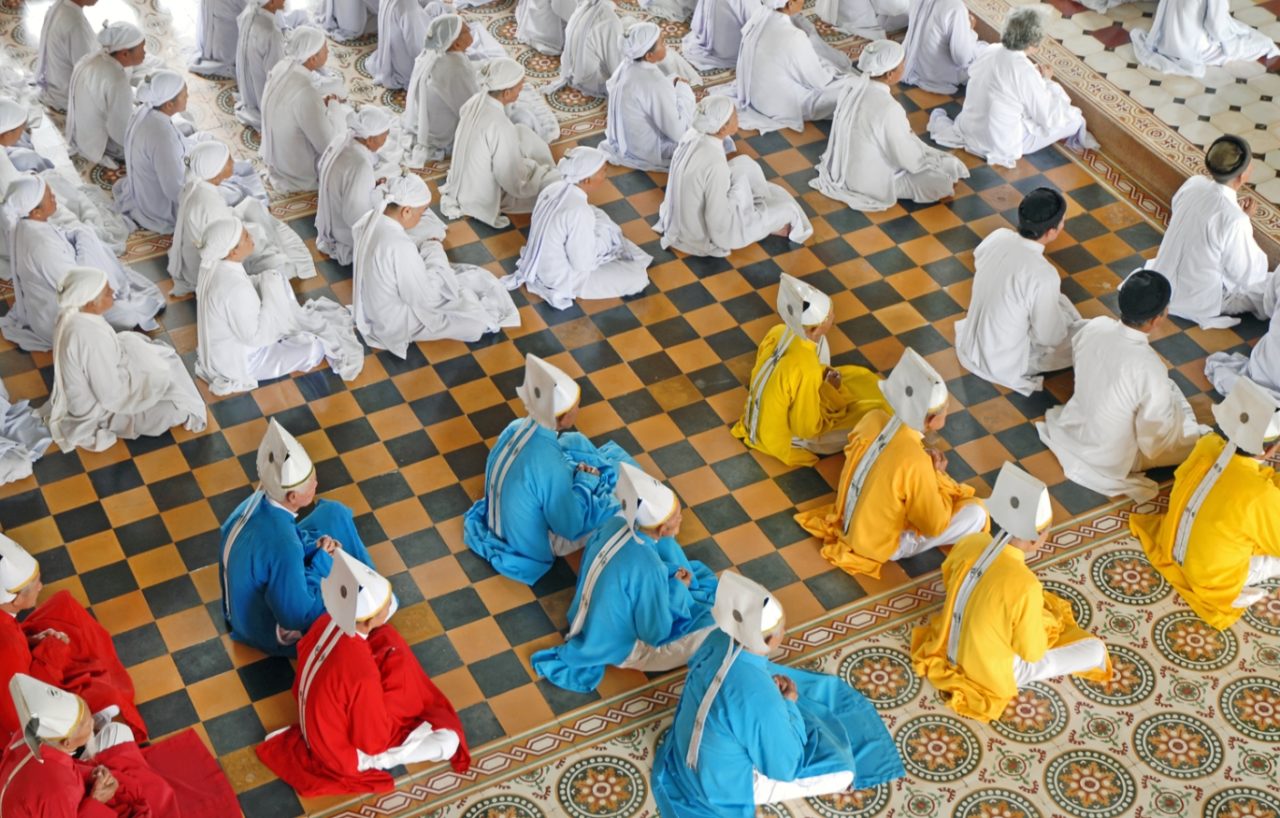The three-thousand-meter coast of Vietnam opens up unlimited potential in search of waves and a good wheelchair. Everything is limited only by the desire and motivation of the skater. Well, and a serious language barrier. And not always accessible beach. And yet – unexploded bombs beach.
[toc]
Surfing in Vietnam is possible in different parts of the country, starting from Vung Tau in the south and up to the central part, Da Nang. The surfers themselves have already chosen certain beaches, for example, the fishing village of Mui Ne. But the rest of the coast is still largely unexplored.
Weather
The best time to surf is from November to March, when winter monsoons are blowing from the north. It is also the time of the formation of typhoons, which are formed every year in the South China Sea and “attack” fishing villages and coastal cities.
During most of the year, the temperature of sea water is kept at around 25 ° C (dry season), and during the rainy season it can reach 30 ° C. Because of this, you only need clotheshorts from clothes, and on windy or rainy days a short and thin wetsuit will do.

Danger
As was to be expected, the country that participated in the most ferocious war of the 20th century still hides unexploded ordnance in the countryside. Therefore, the deviation from the beaten path is impractical. And before moving away from the trodden paths in search of uncharted beaches, you need to think twice. And better than three times.

Compared to unexploded bombs, the dangers in water are usually less terrible for life. Along with polluted stormwater and industrial effluents, which are a feature of many cities and towns in Vietnam, the ocean usually brings garbage.

Insurance in Vietnam. How to choose and where to buy
This article describes in detail whether it is necessary to arrange insurance in Vietnam, how to choose a reliable company and …
Vung Tau
A good spot for those who are just taking the first steps in surfing. There are schools on the beach where it is easy to rent a surfboard and also use the services of an instructor.
Spot characteristics:
- Alternative name – Back Beach;
- bottom – sand;
- riding level – beginner;
- wave frequency is about 150 days a year;
- wave type – surf (beach-break);
- average wavelength – short, 50 meters;
- wave height – from 1 to 2 meters;
- the nearest airport is Ho Chi Minh City.

Mui Ne
A popular place among Vietnam surfers. More they are attracted by the northern part, behind the fishing village. Locals gave the spot the name “Malibu”, in honor of the eponymous hotel on the coast. There is not one surf school on the beach, so you can always rent a board or ask for help from an instructor. Plus a relatively small traffic surfers and local kiters.
Spot characteristics:
- the alternative name is “Malibu”;
- bottom – sand;
- wave type – surf (beach-break);
- riding level – beginner;
- danger – with strong wind debris at sea is possible;
- average wavelength – short, 50 meters;
- the nearest airport is Ho Chi Minh City.,

Nha Trang, Bai Dai Beach
Spot characteristics:
- alternative name – Long Beach;
- bottom – sand;
- level of riding – from beginner to professional;
- wave type – breaker;
- it is better to use boards – both longboard and shortboard;
- average wavelength – short, 50 meters;
- wave height – from 1 to 2 meters;
- The nearest airport is Cam Ranh (Nha Trang).

Da Nang
In Da Nang, get to the beach over the Han River Bridge. The beach is public, 5 minutes walk from the promenade.
Spot characteristics:
- alternative name is My Khe Beach;
- bottom – sand;
- level of riding – from beginner to professional;
- wave type – breaker;
- average wavelength – short, 50 meters;
- the nearest airport is Da Nang.

And finally, I would like to reveal the obvious advantages of surfing in Vietnam:
- relative cheapness of living. You can stay in a cheap hotel or rent a guesthouse near the beach;
- numerous schools in which you can rent equipment and use the services of professionals;
- Russian-speaking instructors in almost any city in Vietnam;
- predominantly sandy terrain and pleasant warm weather.






